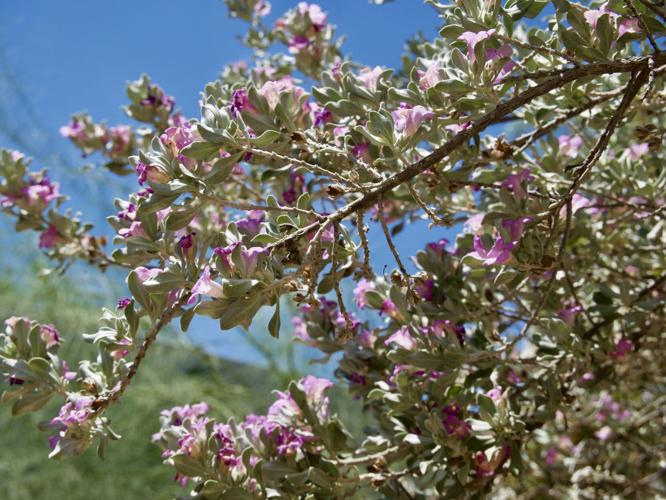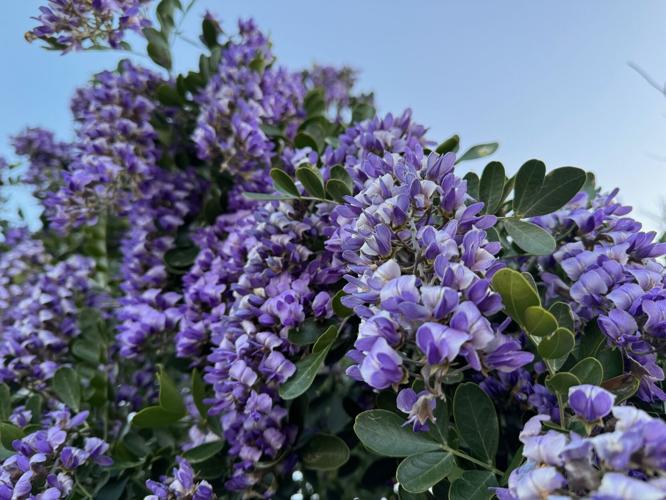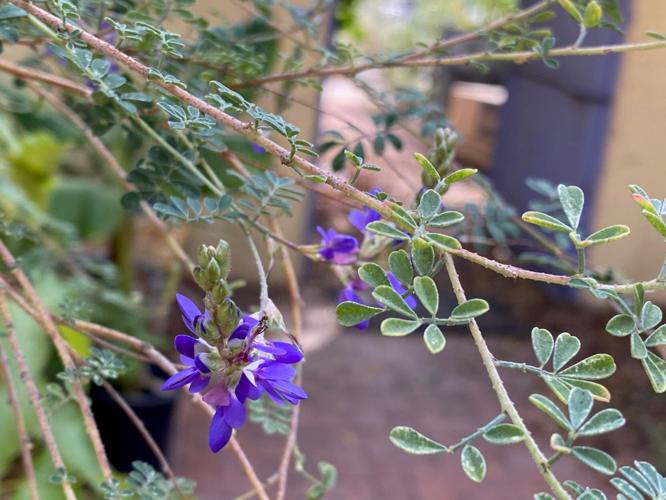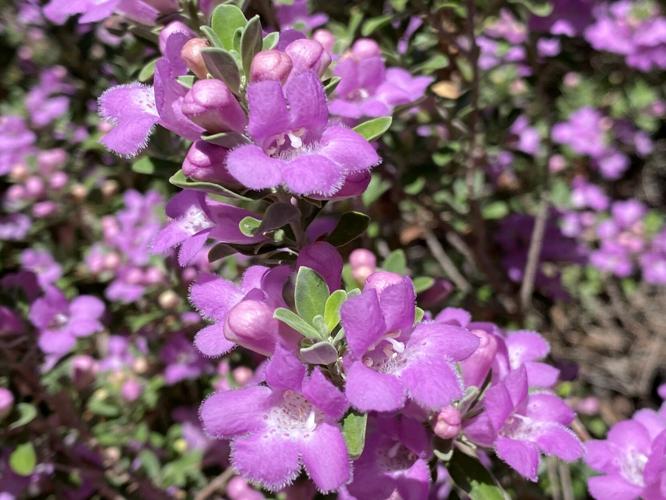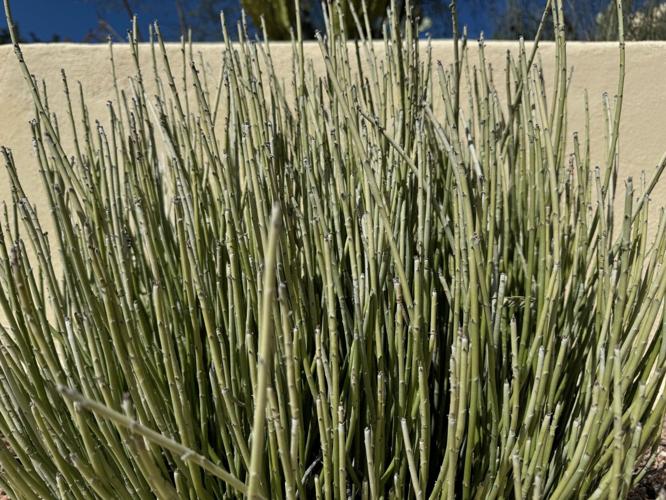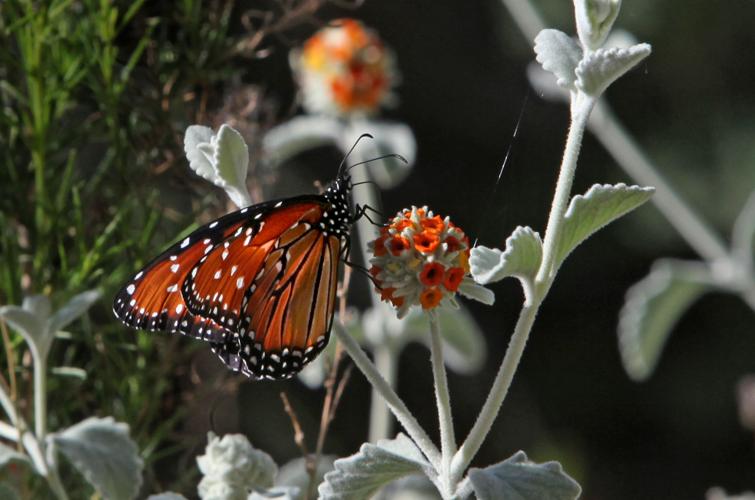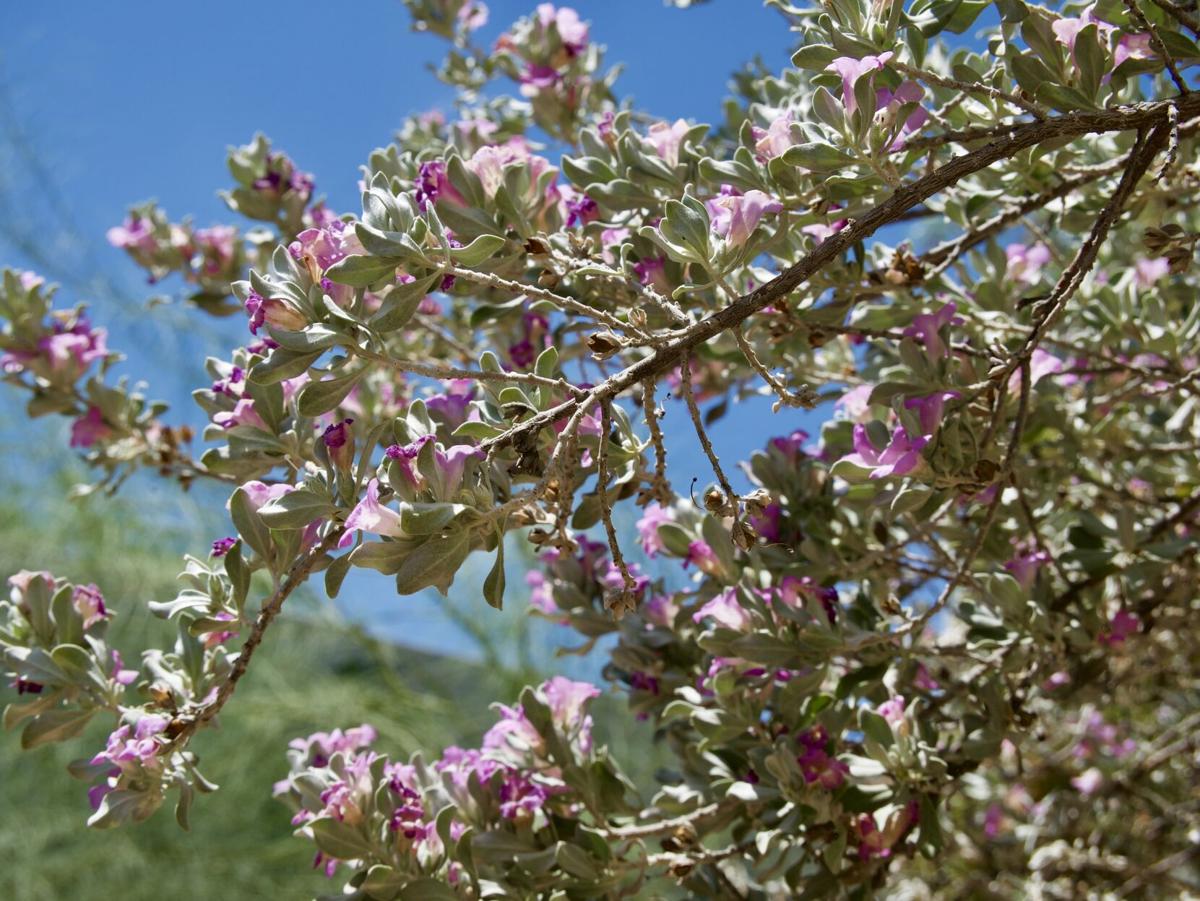Our neighboring desert in New Mexico and Texas is a great source of drought-tolerant plants. Chihuahuan Desert plants also tend to do well in cooler climates since much of the Chihuahuan Desert is at a higher elevation and experiences colder winters than the Sonoran Desert.
About 90% of the Chihuahuan desert is located in Mexico, mostly in the Mexican states of Chihuahua and Coahuila. It gets about the same amount of rain we do, although most of that rain is during the summer monsoons (the Sonoran Desert also gets rain in the winter). Much like our desert, the Chihuahuan Desert is very rich and biodiverse, with more than 3,500 plant species.
Some of these plants have made their way into the horticultural industry and are regularly available for sale in our local nurseries. If you see these plants, consider putting them in your yard, particularly if you are at a higher elevation and have a hard time with Sonoran Desert native plants getting frost damage. This is by no means an exhaustive list, but here are a few of my favorites.

Texas mountain laurel has profuse, grape-soda scented blooms in the early spring.
Texas Mountain laurel (Sophora secundiflora). The gorgeous purple flowers, with deep green leaves and fragrant, grape-soda blooms in the spring are enough to recommend this small tree. It gives a feeling of lush tranquility, and is tolerant of sun and drought, although it likes a bit more water to bloom well and look its best. It’s a bit of a slow grower, but well-worth the wait. Be aware that the red seeds, while beautiful, are very poisonous.
Anacacho orchid tree (Bauhinia lunarioides). Another spectacular small tree, the Anacacho orchid tree is related to orchid trees in Central and South America. It has smaller leaves for better drought tolerance than its tropical cousins. The flowers are a beautiful white. It grows to around 15 feet tall, but may also grow more like a large shrub, making it appropriate for many smaller patio spaces. It’s a slow grower also, and should be kept out of severe wind.

A queen butterfly rests on a woolly butterfly bush. This Chihuahuan Desert native plant does great in sunny, well-drained locations in Tucson gardens.
Woolly butterfly bush (Buddleja marrubiifolia). This medium shrub is great for — you guessed it — butterflies. The leaves are small, fuzzy and bluish green, and the flowers are a spectacular orange. It’s a fast grower and likes well-draining soil and sunshine. It’s a bit less cold tolerant than the other plants on this list but should do well in Tucson almost anywhere. It’s also evergreen.

Black dalea is native to the Chihuahuan Desert and is a great plant for Tucson.
Black dalea (Dalea frutescens). This plant is so common in Tucson, it’s easy to forget it comes from the Chihuahuan desert. The dark purple flowers are a bee magnet, and the delicate lacy form make this shrub a great addition to almost any landscape. It grows in mounding form to about 3 feet in height. It likes sun and well-drained soils. Once it’s established (after a couple of years), you likely won’t need to water it at all.
Trailing dalea (Dalea greggii). This lovely groundcover has lacy foliage similar to black dalea. It will fill in faster with watering, but once established will not require it. It's hardy to 15 degrees Fahrenheit so it should survive even our coldest temperatures with ease. The purple flowers and delicate foliage make this a wonderful alternative to non-native groundcovers like lantana. Bees and other pollinators love it. Unfortunately, so do bunnies, so if you plant it you might want to protect it with some hardware cloth until it gets big enough that a bit of gnawing won’t hurt it.

Candelilla is a Chihuahuan Desert native that is great for hot, sunny areas in your Tucson garden.
Candelilla (Euphorbia antisyphilitica). This plant is a staple in our nurseries, but don’t take it for granted. Its lovely, elegant architectural form makes it a beautiful and low-maintenance addition to even the sunniest spots. It blooms with tiny pink flowers, sometimes for several months. It can be boiled down and used to make candelilla wax, which is used in a variety of commercial products. As with many euphorbias, the plant’s sap is an irritant to skin and eyes.

Texas rangers have profuse flowers during monsoon season, particularly when allowed to grow in their natural form without shearing.
Texas ranger (Leucophyllum spp). No list is complete without the Texas ranger. I know many find these banal, due to their overuse in past decades, but there are so many sizes, colors and varieties available that you’re sure to find something that fits your yard design. Not only do they come in varieties of lavender and purple, there is even a white version. Just be sure to let it grow in its natural form, and don’t shear it into cupcakes, disks, balls or other unattractive shapes. The shearing damages the plant and prevents it from flowering in all its glory.
Inspiration on how to use desert-adapted plants in a formal garden design in the Tucson desert. Video by Dominika Heusinkveld/Arizona Daily Star


